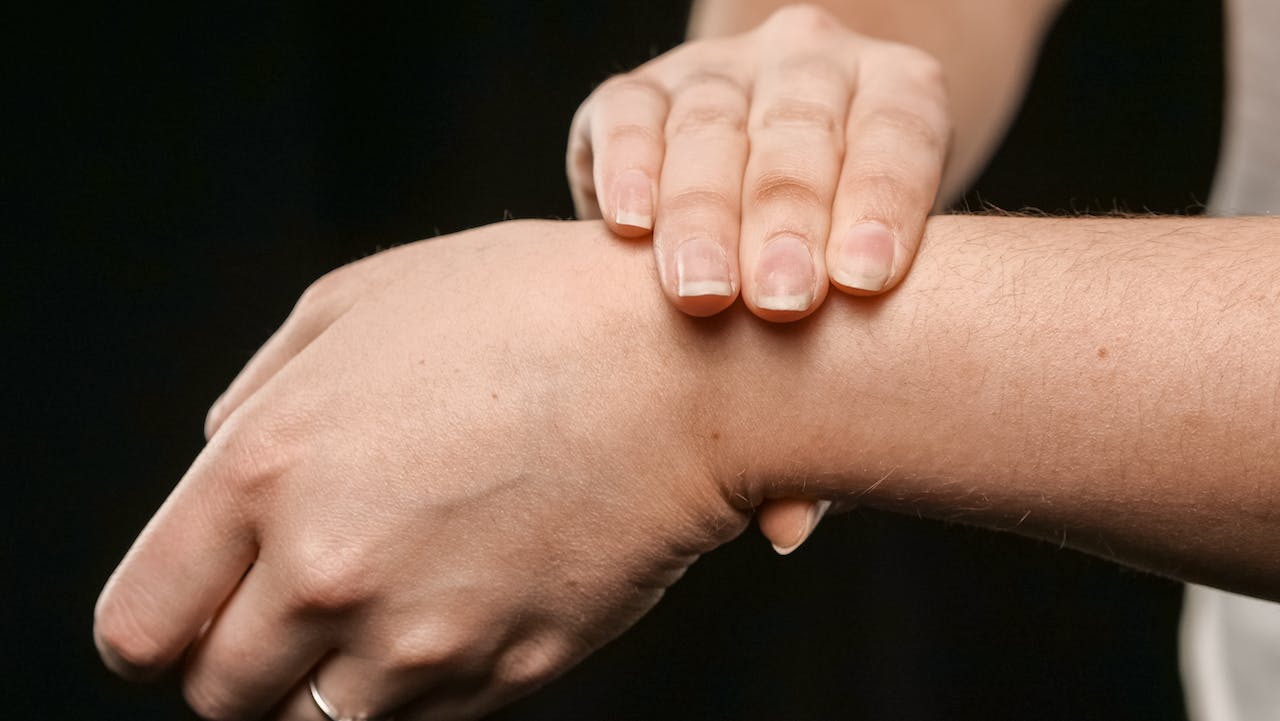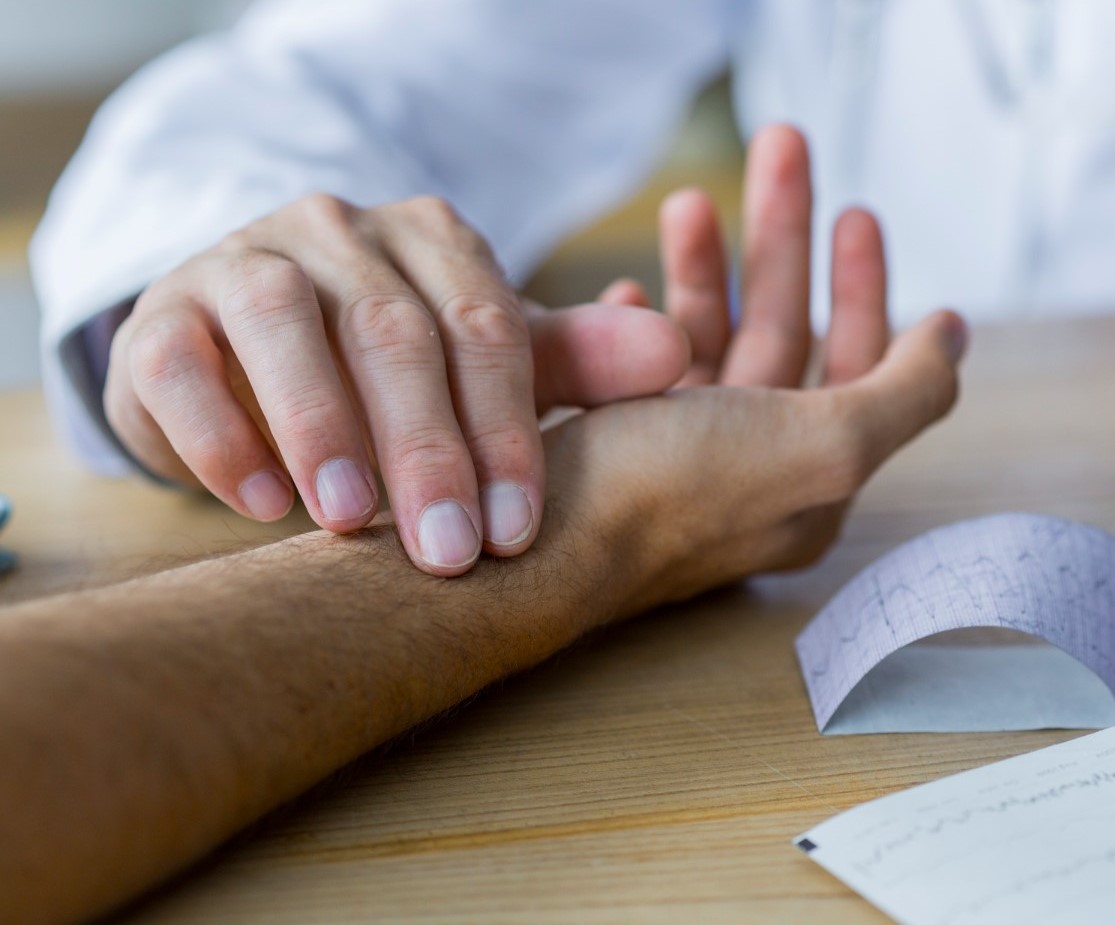Schedule An Appointment With Us
Are Your Symptoms Affecting Your Quality Of Life?
Consult our MOH-accredited orthopaedic surgeon for an accurate diagnosis & personalised treatment plan.
MBBS
MRCSEd
MMED (Ortho)
FRCSEd

De Quervain Tenosynovitis is a condition characterised by pain and swelling in the wrist, specifically in the area where the base of the thumb meets the forearm. It is caused by an inflammation of the synovium, the sheath that surrounds the two tendons responsible for thumb movement. The inflammation increases friction within the tendon sheath, causing pain and limited thumb movement.
De Quervain Tenosynovitis affects individuals engaging in repetitive hand or wrist movements and can also arise post-pregnancy due to hormonal and fluid retention changes.
The primary indicator of De Quervain Tenosynovitis is discomfort in the wrist, specifically near the base of the thumb. Symptoms can include:
De Quervain Tenosynovitis arises from inflammation of the tendons on the thumb side of the wrist. The exact cause of this inflammation is not always clear, but several factors are known to contribute to its development.

The diagnosis of De Quervain Tenosynovitis involves a combination of clinical examination and patient history.
Non-surgical treatments are often the first line of approach for managing De Quervain Tenosynovitis. They aim to reduce inflammation, alleviate pain, and restore function.
Rest |
Limit activities that exacerbate the symptoms. This may involve taking a break from certain work or recreational activities. |
Splinting |
Wearing a splint or brace can help immobilise the thumb and wrist, allowing the inflamed tendons to rest and heal. |
Ice Therapy |
Applying ice to the affected area can reduce swelling and relieve pain. |
Nonsteroidal Anti-Inflammatory Drugs (NSAIDs) |
Medications such as ibuprofen or naproxen can help reduce inflammation and pain. |
Corticosteroid Injections |
Administered into the tendon sheath, these injections can reduce inflammation and pain. The number of injections is usually limited due to potential side effects. |
Physical Therapy |
Specific exercises and therapies can strengthen the wrist and thumb, improve the range of motion, and reduce symptoms. |
In cases where non-surgical treatments do not provide adequate relief, surgery might be considered. This aims to reduce the pressure on the tendons and alleviate symptoms.
This is the most common procedure. The surgeon makes a small incision near the base of the thumb to access the tendon sheath. The sheath is then opened to release the pressure on the tendons, allowing more room for them to move freely.
Schedule An Appointment With Us
Consult our MOH-accredited orthopaedic surgeon for an accurate diagnosis & personalised treatment plan.
While not all cases of De Quervain Tenosynovitis can be prevented, certain strategies can help reduce the risk of developing or exacerbating the condition.

MBBS
MRCSEd
MMED (Ortho)
FRCSEd
With over 18 years of experience, Dr Poh Seng Yew is an orthopaedic surgeon specialising in hip, knee, shoulder and elbow surgery, sports medicine, and trauma surgery.




Weekdays: 9.00am – 5.00pm
Saturdays: 9.00am – 1.00pm
Sundays and Public Holidays: Closed
Please leave us a message, and we will be in touch with you shortly.
De Quervain Tenosynovitis is an inflammation of the tendons on the thumb side of the wrist, causing pain and limited movement.
It can be caused by repetitive motion, hormonal changes, inflammatory conditions, trauma, and other health conditions.
Yes, with rest, splinting, ice therapy, NSAIDs, corticosteroid injections, and physical therapy.
It typically involves a tendon sheath release procedure to alleviate pressure on the tendons.
Preventive strategies include ergonomic adjustments, taking frequent breaks, stretching, proper technique and managing underlying conditions.